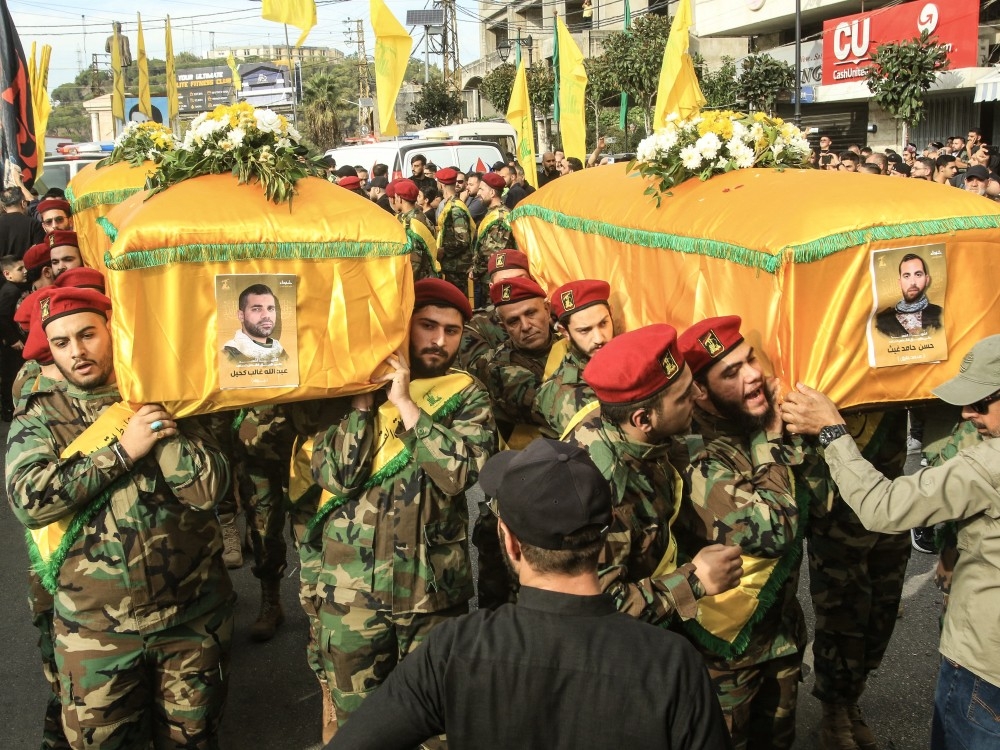The specter of renewed nuclear testing has stirred anxieties, but the nature of those tests may be far different than many fear. Secretary of Energy Chris Wright recently indicated that any testing initiated at the direction of the President will likely focus on the weapon *systems* themselves, not full-scale detonations.
Wright clarified that the planned tests would be “noncritical explosions,” meticulously examining the components surrounding the core of a nuclear weapon. These tests are designed to ensure precise assembly and functionality – verifying that all parts work in harmony to initiate a nuclear reaction, without actually *causing* one.
The President’s directive stems from concerns over advancements in other nations’ nuclear capabilities. Russia, in particular, has recently unveiled both a nuclear-powered underwater drone and a cruise missile capable of carrying a nuclear payload, prompting a response aimed at maintaining a balance of power.

Despite the renewed focus on testing, assurances have been given to communities near the Nevada Test Site. When directly asked about the possibility of witnessing a mushroom cloud, Wright was emphatic: “No, no worries about that.” The intention, he stressed, is not to replicate the devastating explosions of the past.
The United States has maintained a self-imposed moratorium on explosive nuclear weapon tests since 1992, under the leadership of President George H.W. Bush. This decades-long pause represents a significant commitment to non-proliferation, and the current discussions center on how to address emerging threats without abandoning that principle entirely.
The upcoming tests, therefore, represent a delicate calibration – a pursuit of technological assurance within the boundaries of existing international norms. They are a focused examination of engineering and precision, rather than a return to the era of atmospheric nuclear explosions.





